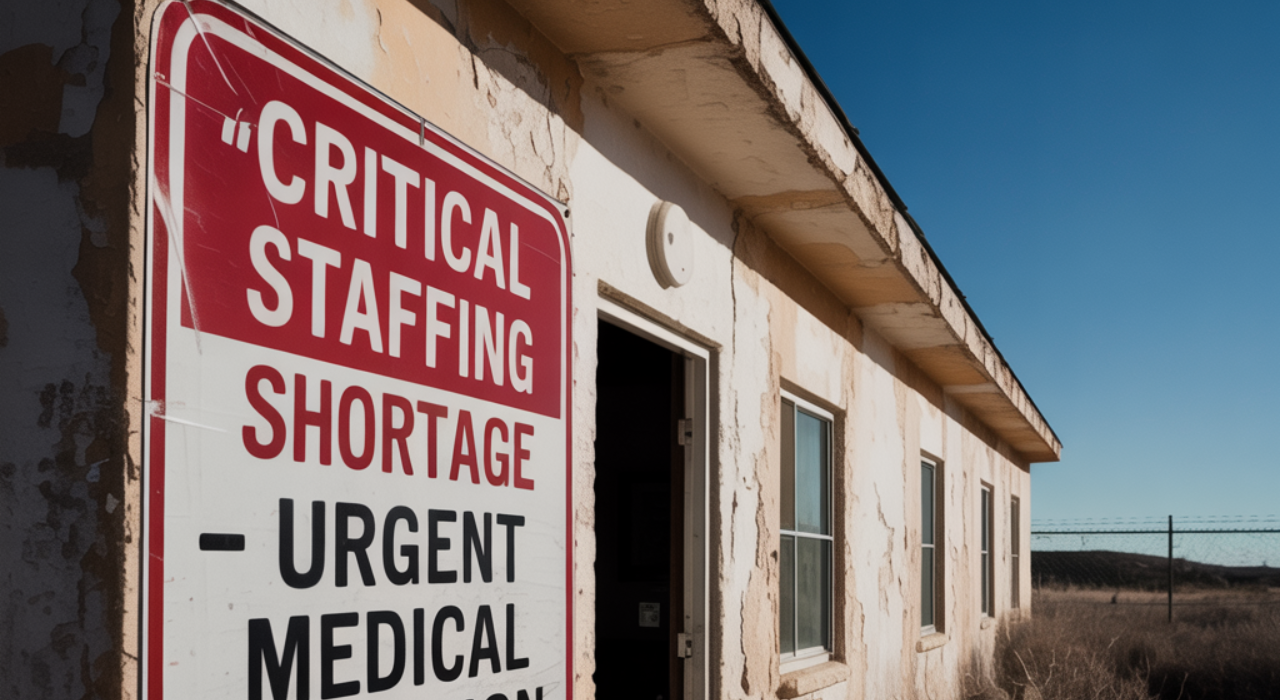On Texas Border, Uninsured People Stress the Health System. And It’s Set to Get Worse
The Texas border region faces a mounting public health crisis. As uninsured populations continue to rise, the healthcare system in border towns and rural counties is being stretched to its limits. With limited resources, high poverty rates, and a growing demand for medical care, the situation is expected to get worse unless urgent reforms and innovative solutions are introduced.
The Unique Healthcare Challenges Along the Texas Border
The Texas-Mexico border is home to millions of people, many of whom face barriers to accessing affordable healthcare. Unlike urban centers such as Houston, Dallas, or Austin, border communities often have:
- Fewer hospitals and clinics
- Limited number of healthcare professionals
- Long travel distances to reach specialized care
- High rates of uninsured residents compared to other U.S. states
Texas already has the highest uninsured rate in the country, and border areas reflect this problem more severely. Families often delay medical treatment until health conditions become emergencies, further increasing strain on local hospitals.
Why So Many Residents Are Uninsured
Several factors contribute to the growing number of uninsured people in Texas border towns:
- Lack of Medicaid Expansion – Unlike many states, Texas has not expanded Medicaid under the Affordable Care Act. This leaves a coverage gap for low-income adults.
- High Poverty Rates – Many families simply cannot afford private health insurance.
- Employment in Low-Wage Jobs – Border communities rely heavily on industries like agriculture, construction, and service jobs, which often do not provide insurance benefits.
- Immigration Status – Undocumented immigrants, who make up a significant portion of the border population, are not eligible for public insurance programs.
How the Health System Is Being Stressed
Border hospitals often operate with limited budgets and staff shortages. Emergency rooms see an influx of patients who could have been treated earlier with preventive care. This creates:
- Longer wait times for all patients
- Higher uncompensated care costs for hospitals
- Burnout among doctors and nurses
- Closure threats for small rural hospitals unable to keep up financially
This cycle increases healthcare costs for everyone while reducing overall quality of care.
The Growing Impact on Border Communities
If the uninsured problem continues to rise, Texas border communities will face worsening public health outcomes. Chronic diseases such as diabetes, hypertension, and heart disease are already more common in these regions. Without affordable access to healthcare, these conditions often go untreated.
The ripple effect also impacts the economy:
- Employers face reduced worker productivity.
- Families fall deeper into medical debt.
- Local governments bear rising healthcare-related costs.
Possible Solutions and Policy Debates
Addressing the crisis requires both state and federal attention. Some potential solutions include:
- Medicaid Expansion in Texas – Could cover hundreds of thousands more residents.
- Community Health Centers – Expanding local clinics that provide low-cost care.
- Telemedicine Programs – Helping residents in rural areas connect with doctors remotely.
- Cross-Border Healthcare Agreements – Exploring partnerships for affordable treatment options near the Texas-Mexico border
While these solutions face political and logistical challenges, ignoring the crisis will only deepen the problem.
Conclusion
On the Texas border, uninsured people are already stressing the health system, and without meaningful reforms, the situation is set to get worse. Policymakers, healthcare leaders, and community organizations must act now to prevent a public health disaster. Addressing the uninsured rate is not only about access to care — it is about the long-term stability, safety, and prosperity of Texas border communities.
